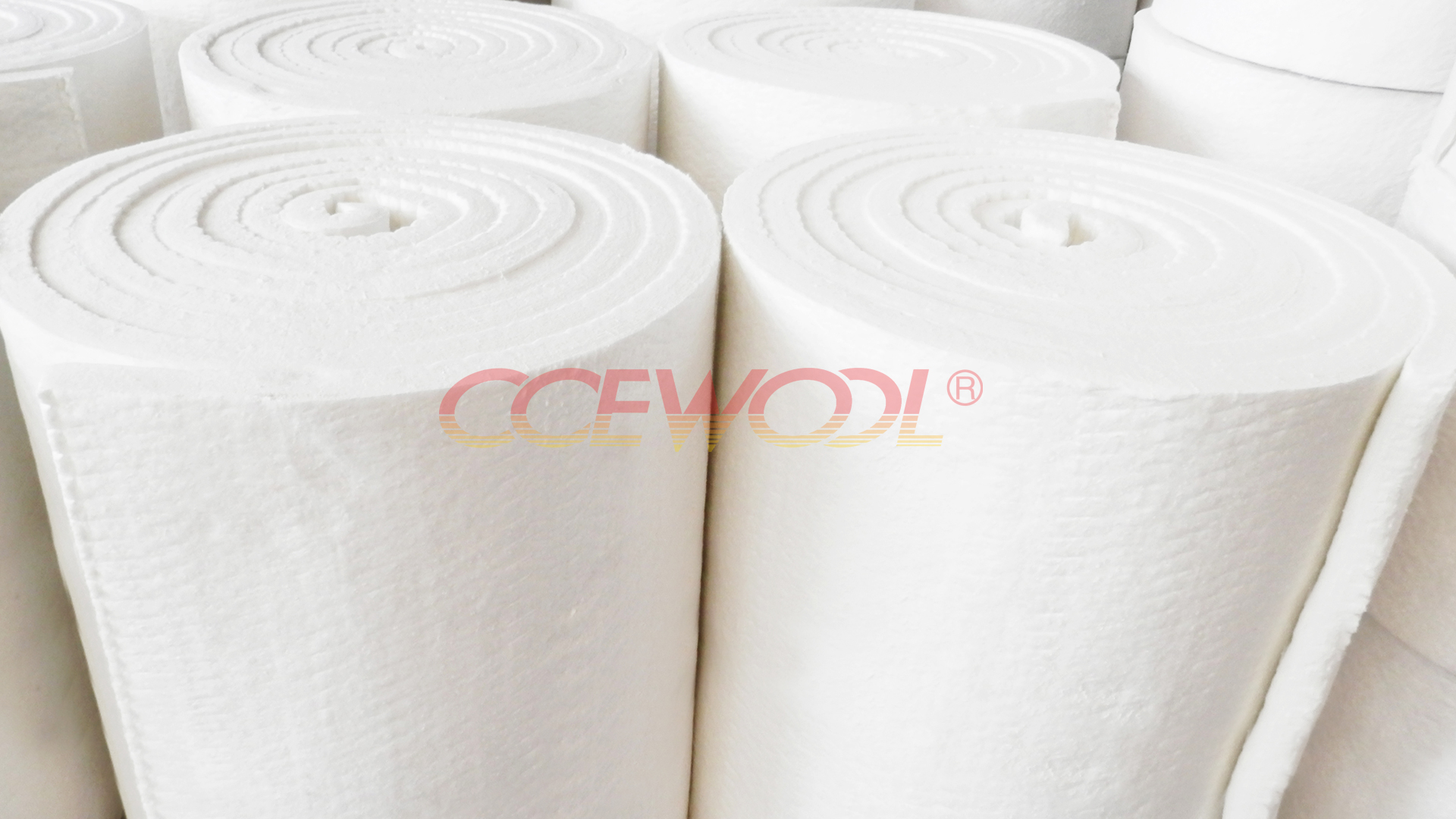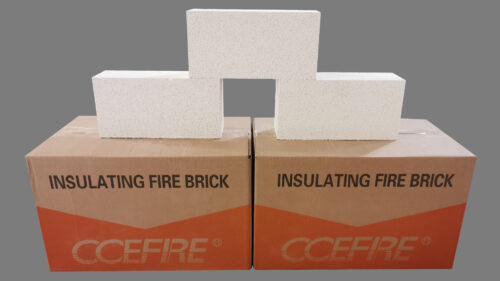What is ceramic fiber blanket made of?
- 19 Aug, 2024
- Industry

Ceramic fiber blanket is a high-performance insulation material widely used in various industrial and civil applications. But what exactly is this premium insulation material made of?
The main components of ceramic fiber blanket are alumina (Al₂O₃) and silica (SiO₂). These materials are subjected to a special melting and blowing or spinning process at high temperatures, resulting in extremely fine fibers. Through this advanced manufacturing process, ceramic fiber exhibits excellent fire resistance, low thermal conductivity, and good chemical stability.
To further enhance the product's strength and durability, ceramic fiber blankets are typically produced using a double-sided needling process. This process ensures that the fibers maintain their structural integrity even at high temperatures, preventing shrinkage, cracking, or deformation. This makes ceramic fiber blankets a reliable choice for insulation, heat resistance, and fireproofing in various high-temperature environments.
Due to these characteristics, ceramic fiber blankets are widely used in high-temperature kilns, industrial furnace linings, heating equipment, as well as in the petrochemical, metallurgical, and glass industries. Whether used as refractory linings or insulation layers, ceramic fiber blankets provide excellent thermal insulation, effectively reducing energy consumption and improving production efficiency.
CCEWOOL® ceramic fiber blankets are made from carefully selected raw materials, combined with advanced production technology, ensuring that every roll of product boasts high purity, high toughness, and high tensile strength. We are committed to providing safe, environmentally friendly, and energy-efficient insulation solutions to meet the needs of various industrial fields.
Whether facing high-temperature challenges or pursuing energy efficiency and environmental protection, CCEWOOL® ceramic fiber blanket is your ideal choice.



